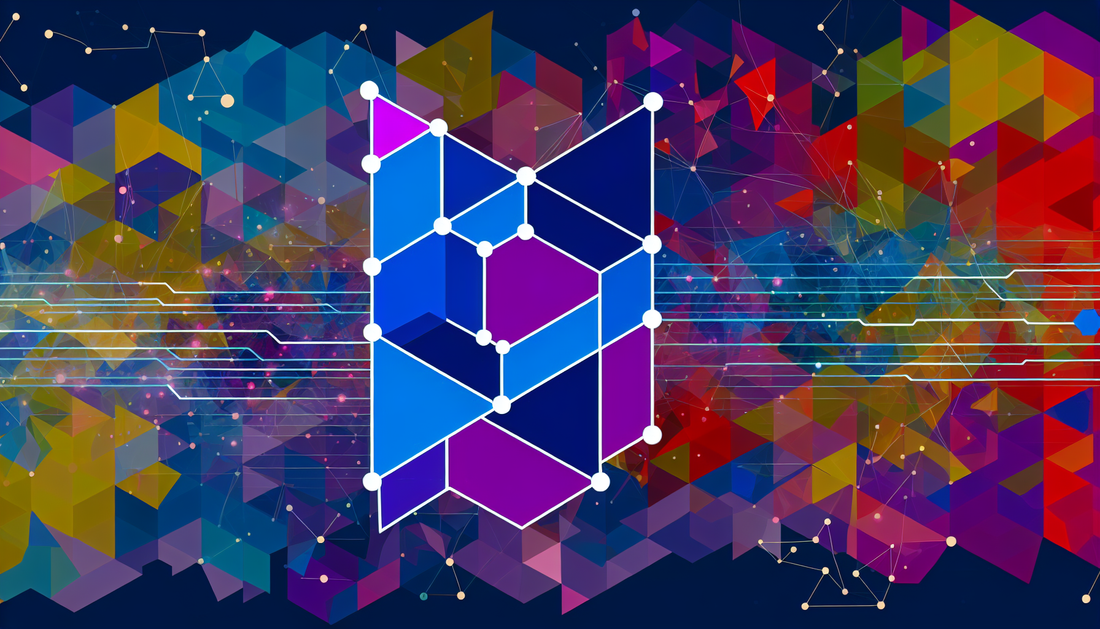
Polygon vs. Rivals: Who Leads Layer 2 Scaling?
Share
Polygon (MATIC) vs. Rivals: A Comparative Analysis
Polygon, with its native token MATIC, stands out as a leading Layer 2 scaling solution designed to enhance the capabilities of Ethereum. In the competitive landscape of blockchain technology, it faces several contenders including Optimism, Avalanche, and Solana. Each of these platforms brings unique features and benefits, making the choice of protocol dependent on specific use cases and developer needs.
Technology and Scalability
Polygon leverages a robust architecture that employs Plasma chains, ZK-rollups, and optimistic rollups to achieve high throughput and reduced transaction costs. This scalability solution ensures faster transaction processing compared to Ethereum's base layer. In comparison, NEAR Protocol, another competitor, opts for a sharding approach, dividing the network into shards for parallel processing, which enhances speed but involves complex scaling strategies.
Interoperability
Interoperability is a cornerstone of Polygon's offering through its cross-chain compatibility, particularly with Ethereum. It allows developers to build Ethereum-compatible blockchains with a simple click of a button, a feature that few rivals match. Solana, while recognized for its speed, requires developers to learn a new programming language, which may prove a barrier for those accustomed to Ethereum’s EVM.
Decentralization and Security
Polygon's proof-of-stake consensus model provides a secure and decentralized environment for building DApps. This model is complemented by the Ethereum security guarantee when using the Polygon chain side by side. Meanwhile, Hedera Hashgraph with its unique consensus algorithm, claims high speed and security but centers around a more centralized node structure, posing questions about decentralization.
Developer Experience
Polygon provides a user-friendly experience for developers, offering extensive documentation and support for Ethereum-based smart contracts. This eases the migration process for projects originating on Ethereum. Conversely, networks like Solana have steep learning curves due to their distinct programming frameworks, requiring developers to adapt significantly to new paradigms.
Ecosystem and Adoption
Polygon’s ecosystem is rapidly expanding, with numerous projects integrating its Layer 2 solutions to benefit from lower fees and faster transactions. Its focus on providing a seamless integration with Ethereum positions Polygon as a favorable option for existing Ethereum projects looking to scale without migrating to entirely new ecosystems. In contrast, Avalanche offers its unique consensus mechanism to attract projects requiring high throughput, setting itself apart but potentially fragmenting user and developer bases accustomed to Ethereum environments.
In conclusion, Polygon’s focus on scalability, interoperability, and developer accessibility sets it apart from its rivals. However, the choice between Polygon, Solana, Avalanche, and others ultimately depends on the specific needs and goals of developers and project teams.
